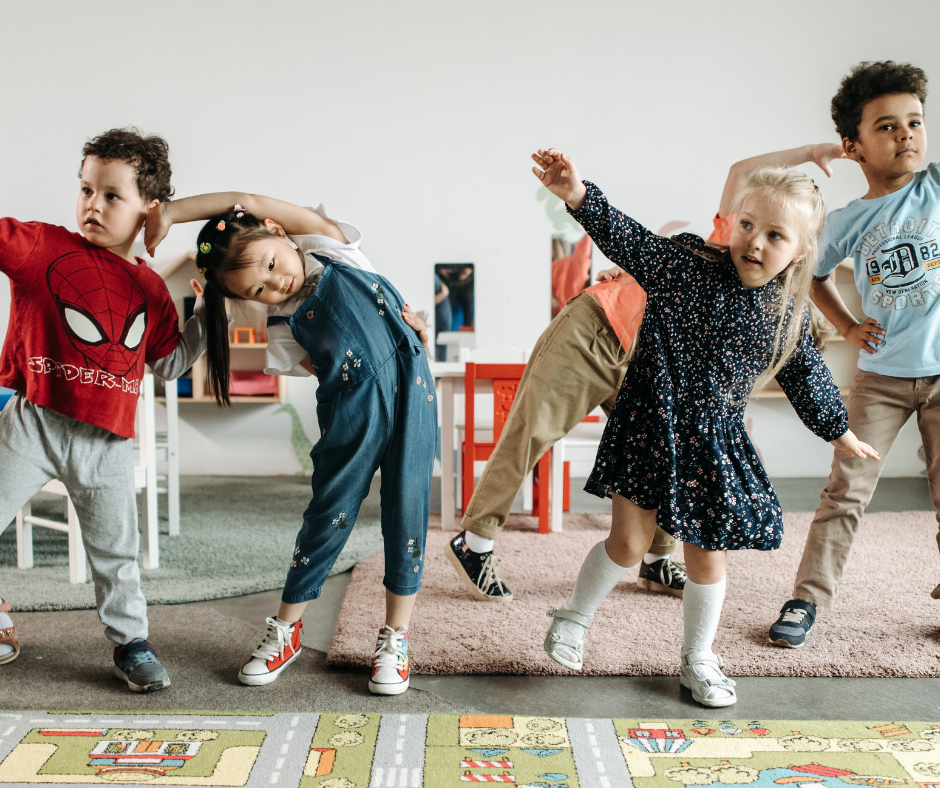The Most Important School Supply: A Podiatrist's Checklist for Choosing Shoes
As the back-to-school season approaches, shopping lists fill up with notebooks, backpacks, and new clothes. But of all the items you'll buy, none is more important for your child's physical health than their school shoes.
Children spend a huge portion of their day in these shoes—walking, running, and playing. The right pair can support healthy development, while the wrong pair can lead to pain and potential long-term foot problems. Keep reading for a checklist that will help you make the best choice for your child, courtesy of Caring Podiatry.
Why Do School Shoes Matter So Much?
A child's foot is not just a small version of an adult's; the bones are still soft and developing. Poorly fitting or unsupportive footwear can interfere with this natural growth and contribute to a range of common pediatric foot issues, including:
Heel Pain (Sever's Disease): A common inflammation of the heel's growth plate, often aggravated by unsupportive shoes.
Ingrown Toenails: Shoes that are too tight in the toe box can cause the nail to grow into the skin.
Arch Pain & Fatigue: A lack of proper support can lead to general foot fatigue and aching arches.
Your Podiatrist's Shoe Shopping Checklist
Before you head to the store, use this simple checklist to ensure you're buying shoes that protect and support your child's feet.
[✔] Measure Every Single Time: Don't assume you know your child's size. Kids' feet can grow a half-size or more in just a few months. Have both feet measured by a professional, as one is often slightly larger than the other.
[✔] Shop in the Afternoon: Feet naturally swell and get larger throughout the day. Shopping in the late afternoon or evening ensures you get a fit that will be comfortable all day long.
[✔] Perform the "Thumb Test": Once the shoe is on, there should be about a thumb's width (or half an inch) of space between the end of your child's longest toe and the front of the shoe.
[✔] Do the "Bend Test": A good shoe should be flexible where the foot naturally bends—at the ball of the foot. It should not bend in the middle of the arch.
[✔] Check the Heel Counter: The part of the shoe that cups the heel should be firm and stable. A flimsy heel counter offers poor support and can contribute to instability.
A Note on Hand-Me-Downs
While it can be tempting to use hand-me-down shoes, it's generally not recommended. A shoe molds to the foot of its first wearer, and this pre-formed shape can cause an improper fit and lack of support for the next child.
Ultimately, finding the perfect pair is worth a little time and effort. If you need help with that, be sure to give us a call!
If you want to take the next step toward better foot health, contact our Monroe Township (609-860-9111) or Neptune (732-455-8700) offices to schedule a consultation. Podiatrists Andrew Schmierer, Craig Shapero, Mark Fillari, and Nicholas Crider will be eager to help you with the warmth, compassion, and expertise Caring Podiatry is known for.

